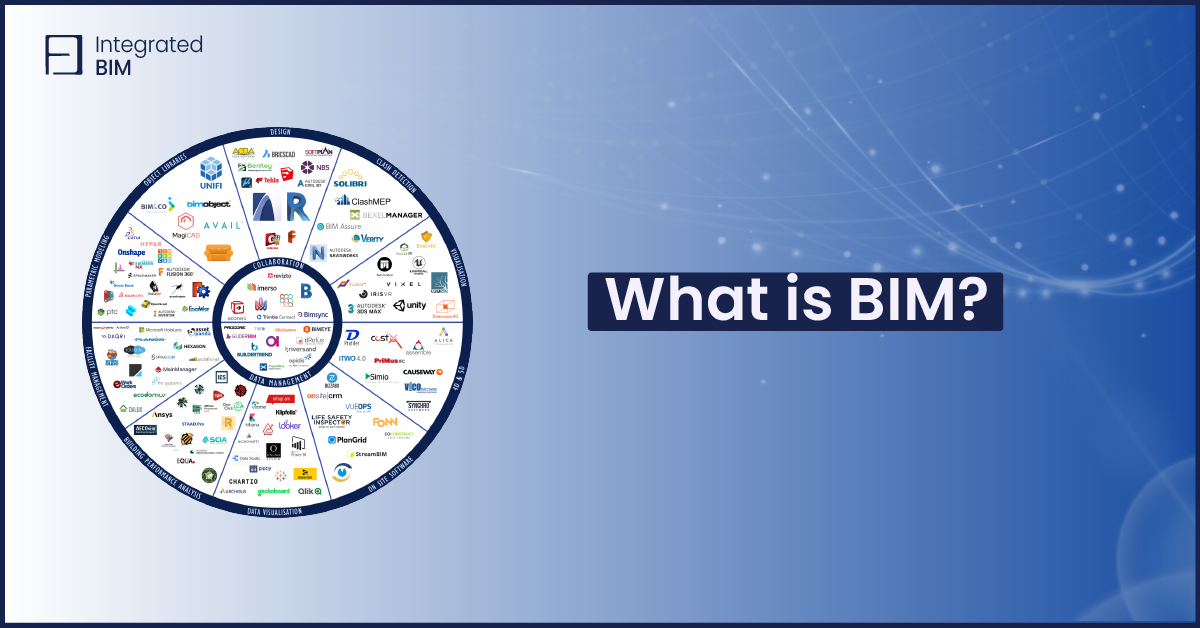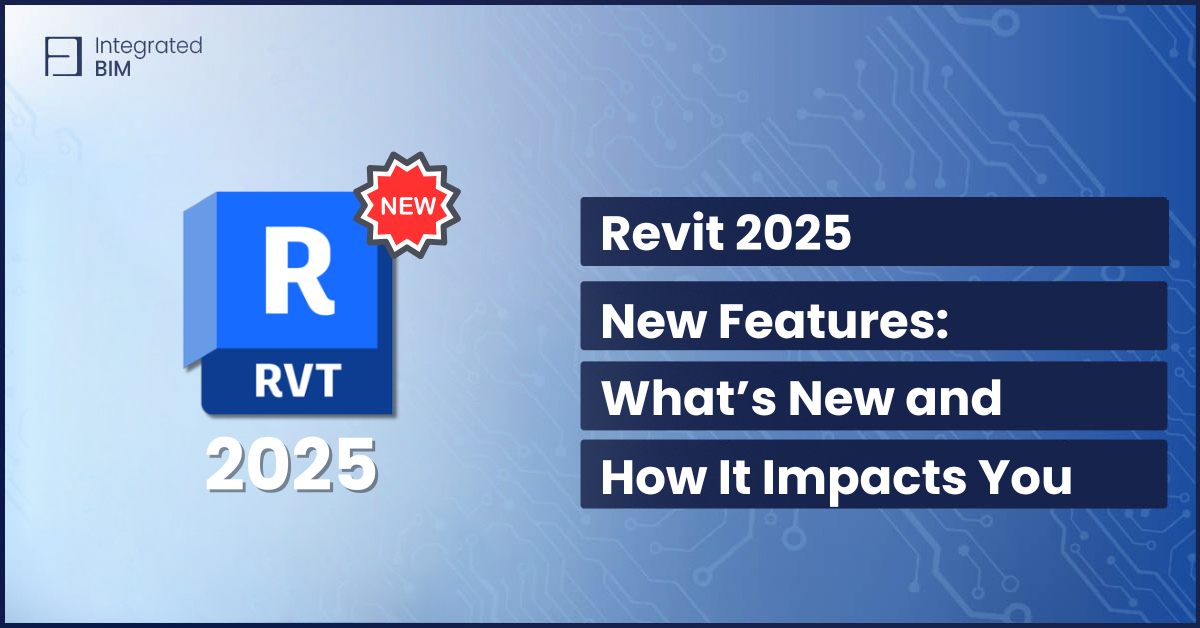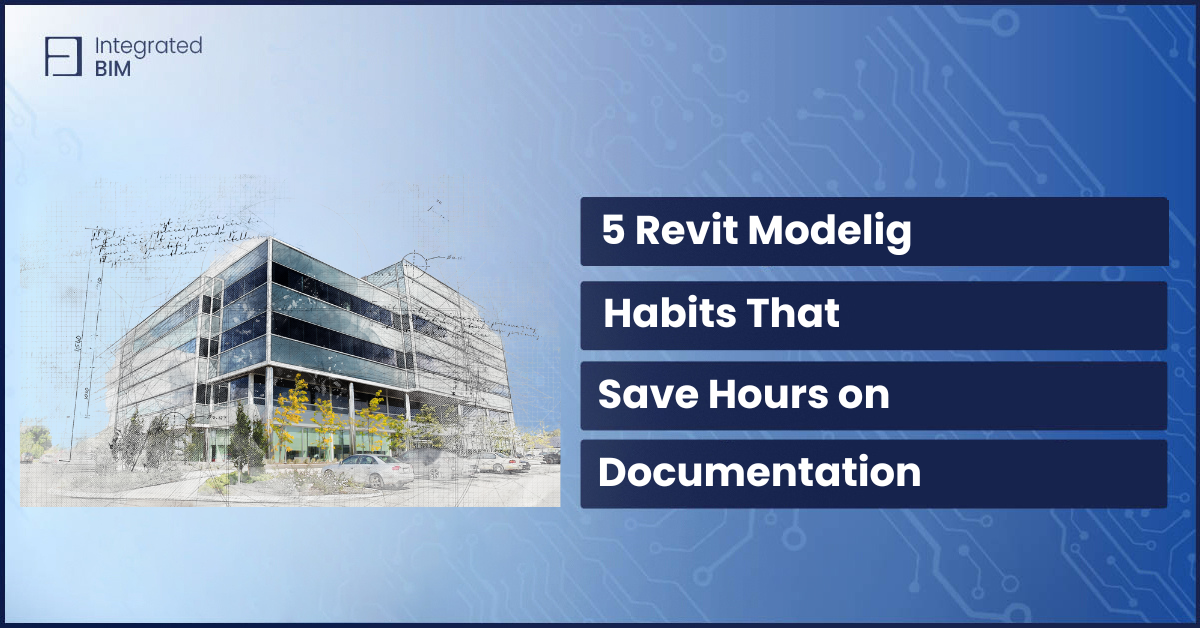What is BIM?
You might think that BIM stands for Building Information Modeling, but that is just a starting point for something much more global and significant. So what is BIM and how it works?
Keep reading because we have BIM explained within the following rows.
BIM is all about collaboration and communication. Information sharing and flow within a project.
BIM allows us to create a sustainable and efficient supply chain throughout a project. This way at any point stakeholders can reach the data they need.
BIM includes together all the information about every component of a building. As the data is in one place, anyone could access, analyze and change it more efficiently, whilst leaving that information (of what he has done) easily reachable to those involved in the building process.
The BIM data illustrate the entire building life-cycle from the beginning, through design, to demolition and material reuse.
What is BIM could be explained in three terms:
Building Information Model, Building Information Modeling, and Building Information Management.
We can also call them: Technology, Processes, and Policies
Or: Tools, Processes, and Behavior
It’s all the same.
BIM is a door that opened thousands of other doors to assure efficient workflow and better collaboration between every stakeholder (architects, engineers, contractors, clients, and others.)
Let’s dive deeper into the different segments of what is BIM:
- Building Information Model—digital model or combination of models that contains all the project data as information.
- Building Information Modeling – the process of creating that asset information and involving the process of creating this information.
- Building Information Management – the process of managing the whole information through the whole supply chain, so it could be decided which, in what way, and when to deliver the information.
Why is BIM important?
Having good communication is crucial to a project. Sometimes two people can work on the same file, solving the same issues, absolutely unnecessarily. Or if there are some design changes not taken under consideration just because of the lack of communication. That could bring a conflict and will increase the time for the project.
One of the most valuable things about working with BIM is the possibility of establishing good collaboration and communication. This brings huge benefits to your projects because it reduces the number of clashes and conflicts during the design stage. That will improve project quality, decrease conflicts, and will reduce costs and duration. BIM allows all issues to be detected and eliminated on-site as well as through the design stage. The stakeholders can deliver the necessary information at the right point and that prevents wasting time and effort.
Using BIM could reduce 5% to 20% of the production and construction costs. But it’s not just that—BIM adds quality to the project and decreases the time.

What is a BIM object?
It is a 3D model using real-world data to evaluate how the model will interact within the real environment.
The BIM object is a combination of:
- Information content that defines the product;
- Properties, such as thermal performance;
- Geometrical data for representation of its physical characteristics;
- Visualization data that gives the object a recognizable appearance;
- Functional data – that enables the evaluation of the behavior of the object and to be positioned the same way as the product.
Does BIM take place in the Future?
BIM does not take place in the future – BIM is the Future of design and facility management. It is a clear process, government-led and driven by technology and digital. BIM categorically is implementing changes across all industries. It will become even more and more popular as hardware, software, and cloud applications, are capable of handling the increasing amount of raw data information.
If you enjoyed learning what is BIM, then you need to check the following articles too:










